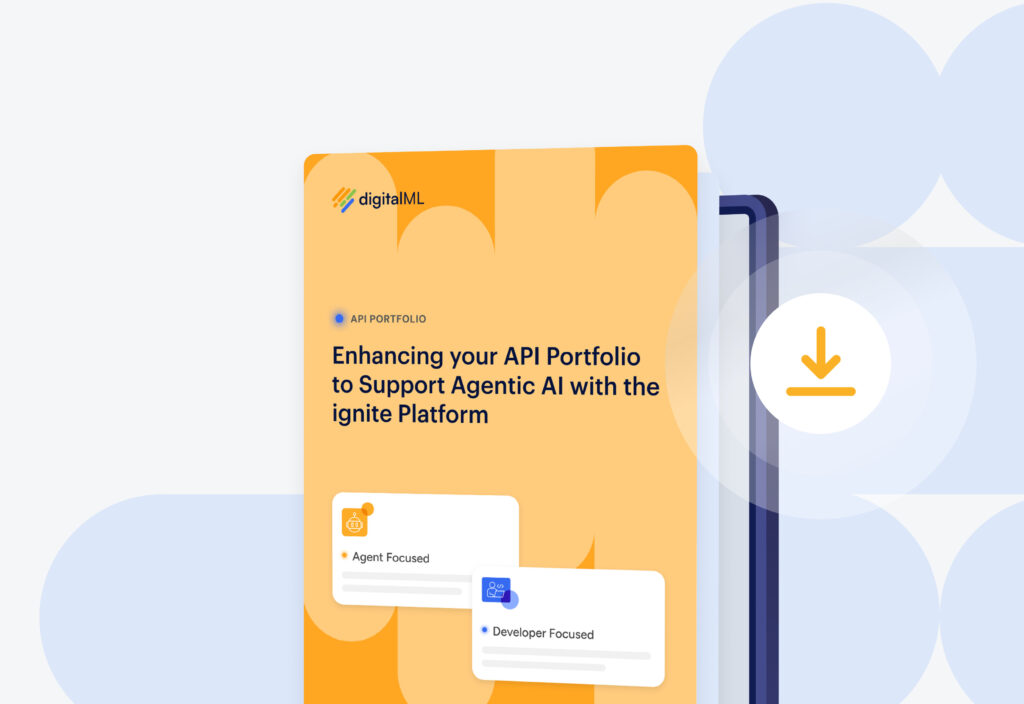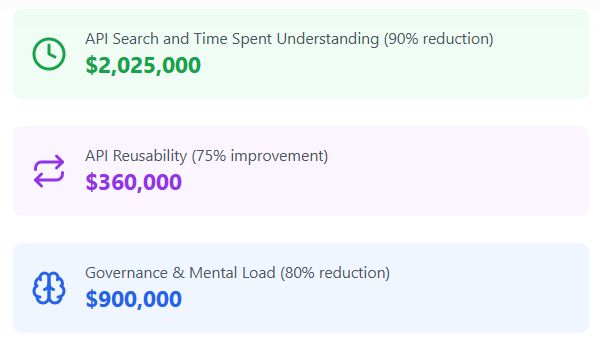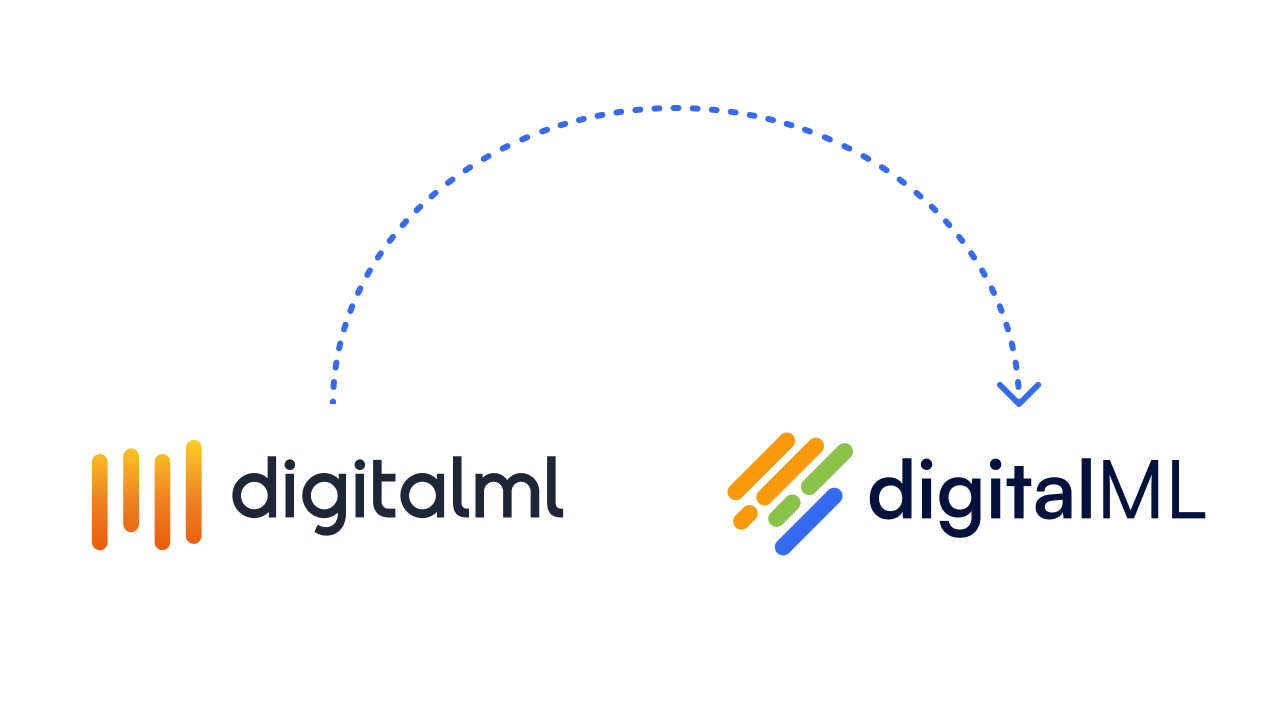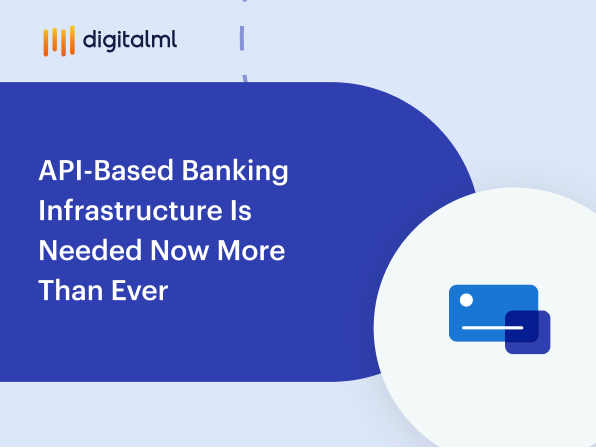Banking and Payments
Support Bank IT Modernization, New Products and Services, and Banking Regulator Requests.

Trusted by The World’s Leading Enterprises
Gain Competitive Advantage with Digital Recombination
Core banking capabilities have not changed, but the way they are consumed has. The digital world requires constant evolution, so speed to market is essential.
Bank legacy IT systems and infrastructure are so complex that innovation at speed is difficult. APIs can potentially overcome this challenge, but as most Banking and Payment firms are discovering, buying a runtime API management system and hiring rockstar developers are not enough.
How the ignite Platform
Supports Banking and Payments
Do more and manage complexity with the ignite Platform 01
We Manage Complexity
It’s not just APIs, Banks need to be good at systems integration to offer embedded functionality like electronic money movement to internal and ecosystem partners - Event streams, Legacy SOAP Services, Batch, mappings, and deployments to multiple runtime and processing systems are all in scope.
ignite’s unique abstraction technology allows all of these capabilities to be catalogued in one place along with all the complexity behind them.
02
An All-in-One Platform
The catalog holds these capabilities as designs and specifications with a clarity that means you don’t have to be a developer to understand them. Digital disruptors like Stripe, Brex and Wise don’t keep their business people on the bench, they play the whole team and so should you.
03
Enable Digital Recombination
APIs and services need to be constantly recombined in the digital world. ignite provides you with a set of consistent, secure, and governed building blocks that enables and manages digital recombination. Providers manage the collection of designed capabilities with multiple specifications for APIs, services, and messages. Consumers quickly discover reliable building blocks with consumable artifacts. And better decisions on investments are made with a holistic view.
04
Industry Standard and Integration
Banking, Payments, and Electronic Money Movement hinges on providing and consuming reliable data and functionality. ignite provides strategic architecture alignment to industry standards like ISO 20022, FDX, and BIAN for target data format consumption and artifact generation for API gateways, intelligent routing and payee management middleware, payment rails like ACH and card, and outside vendors and partners like Zelle.
Deliver Digital Banking Initiatives with ignite
ignite enables you to accelerate
delivery of differentiating banking IT and business priorities.
Innovative Products and Services
Consumer-centric banking offerings using existing capabilities
Core System Replacements
Accelerate banking IT modernization while minimizing risk
Regulatory and Compliance
Respond to regulator requests in hours not weeks, and report API compliance to key stakeholders
Open Banking
Build digital ecosystems and new partnerships for growth
Explore digitalML’s Banking and Payments Resources
Learn the best industry practices.
Differentiate Your Digital Enterprise Now
Explore By
ignite was developed to meet the highly specific needs of large enterprises.
Solutions by Role
Effectively deliver your digital transformation initiatives with
the ignite Platform.
Solutions by Goal
Maximize your APIs, and revolutionize your digital transformation with the ignite Platform.





